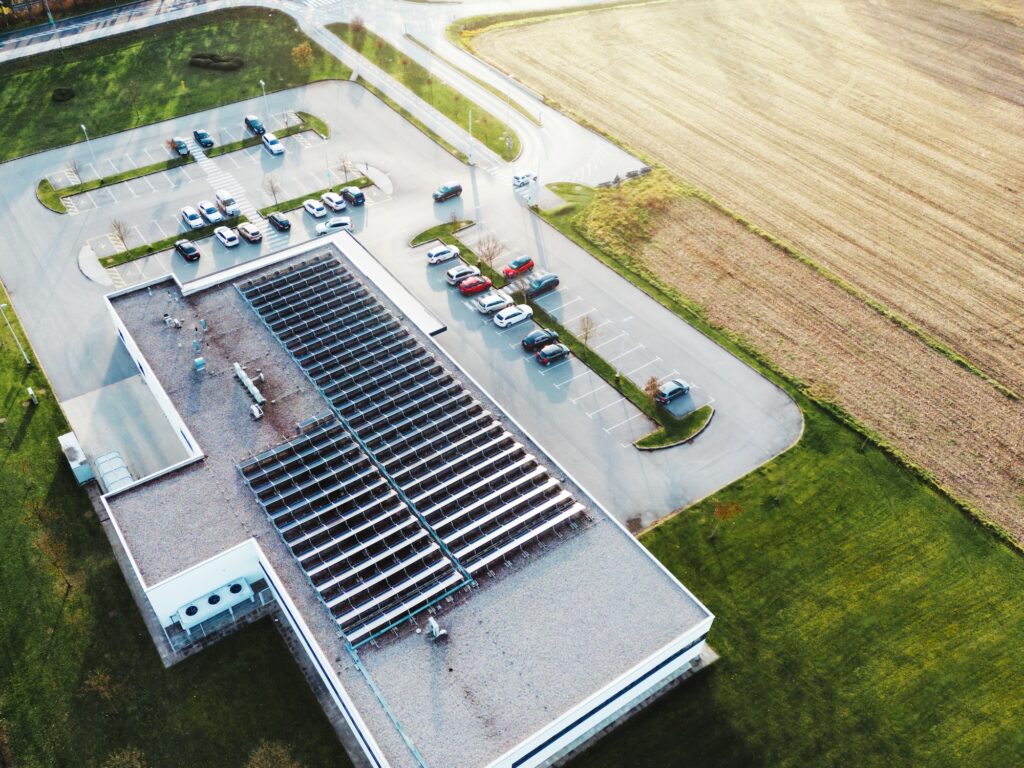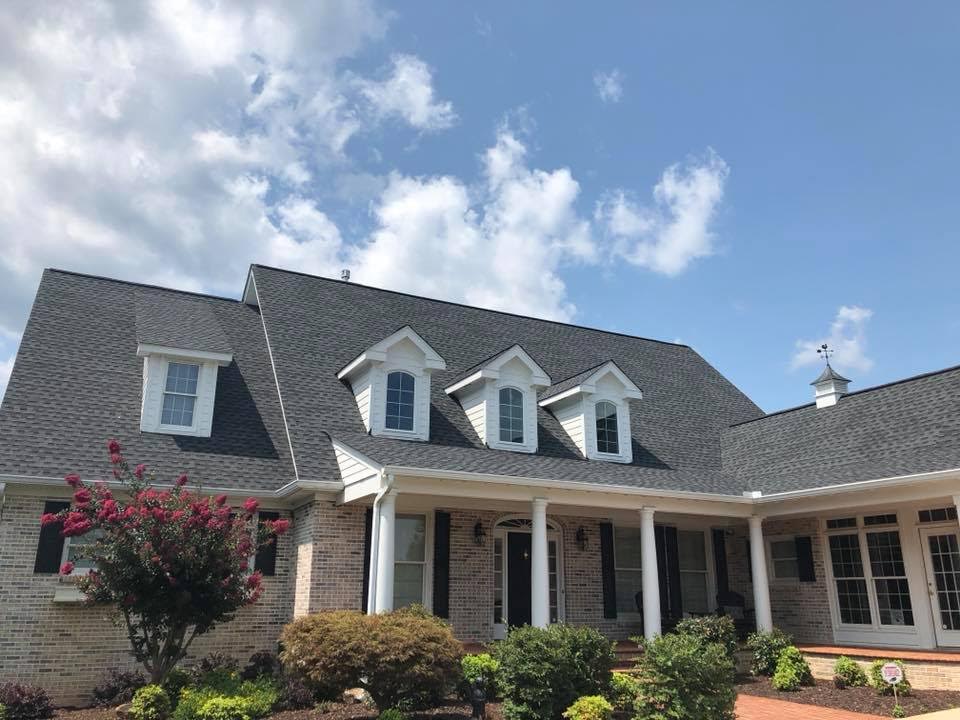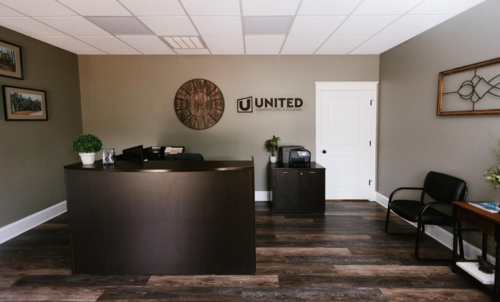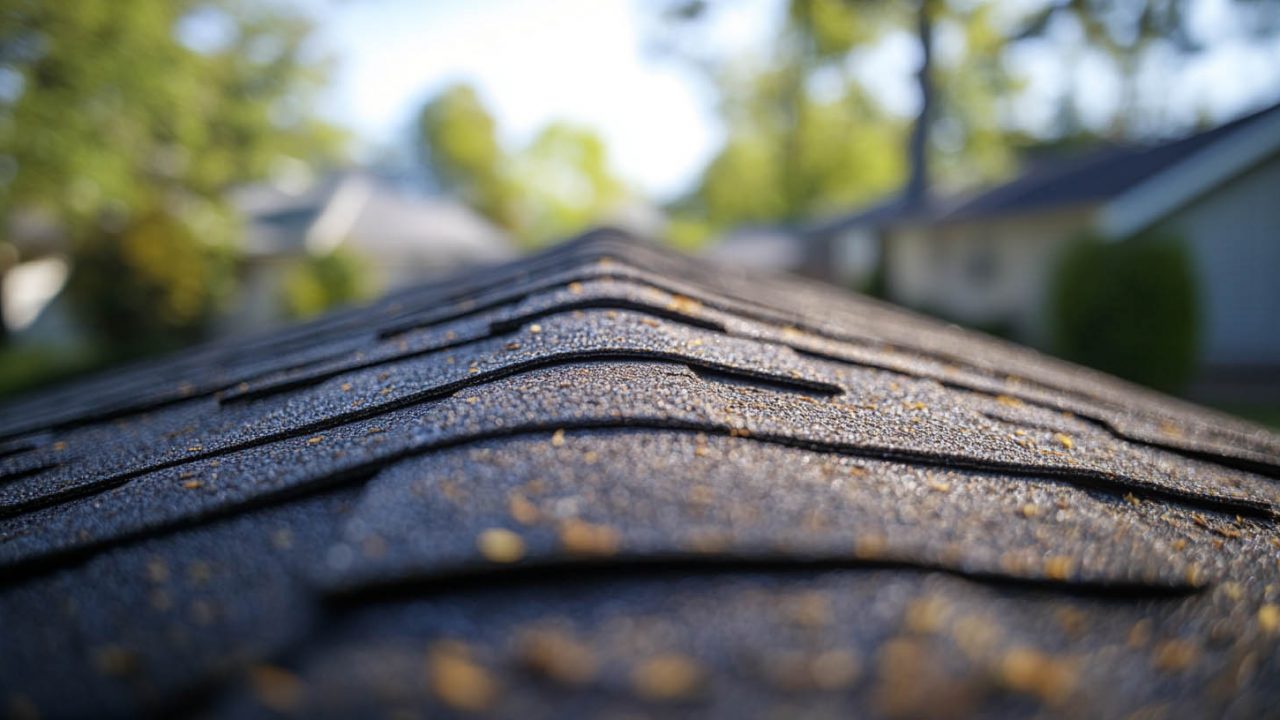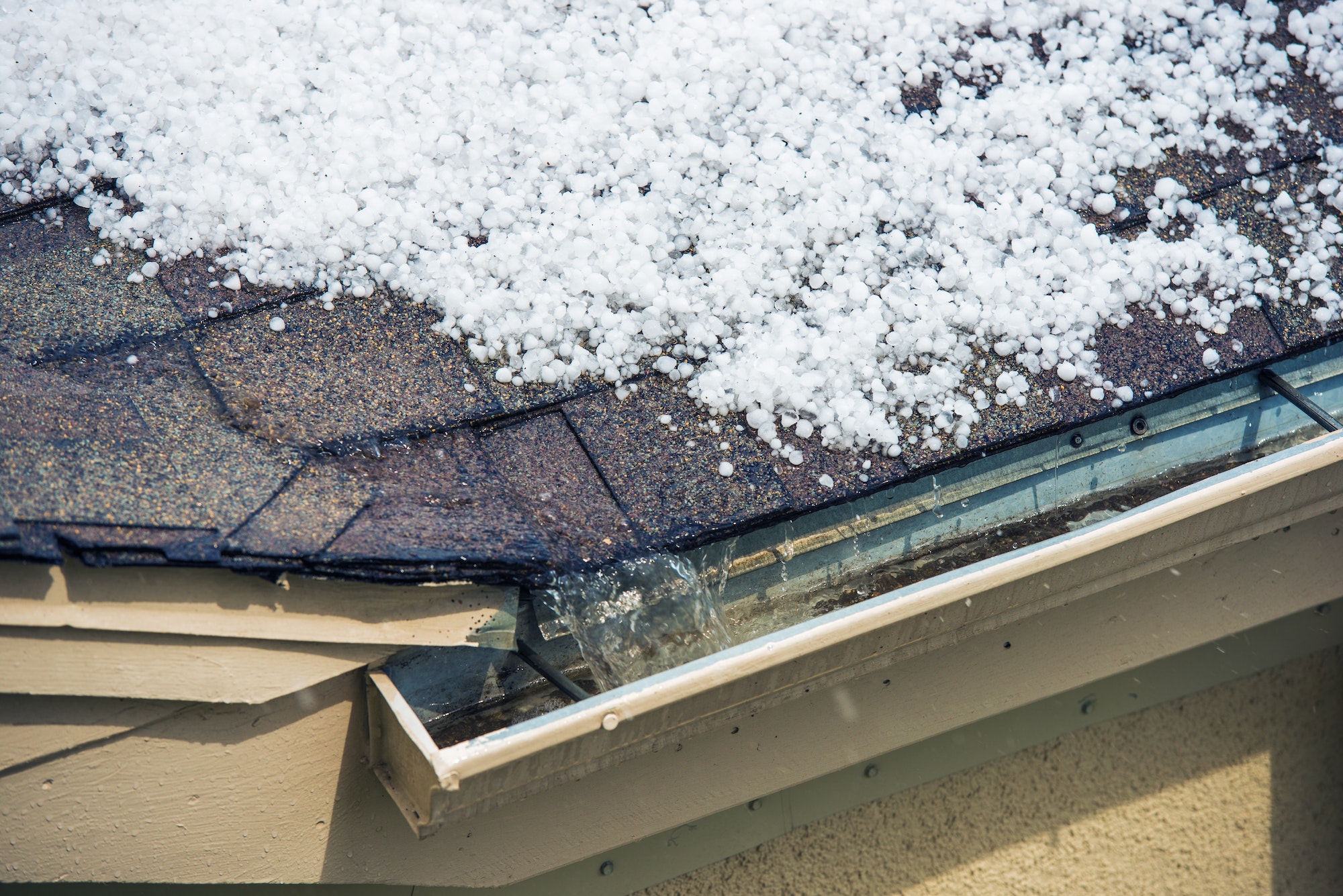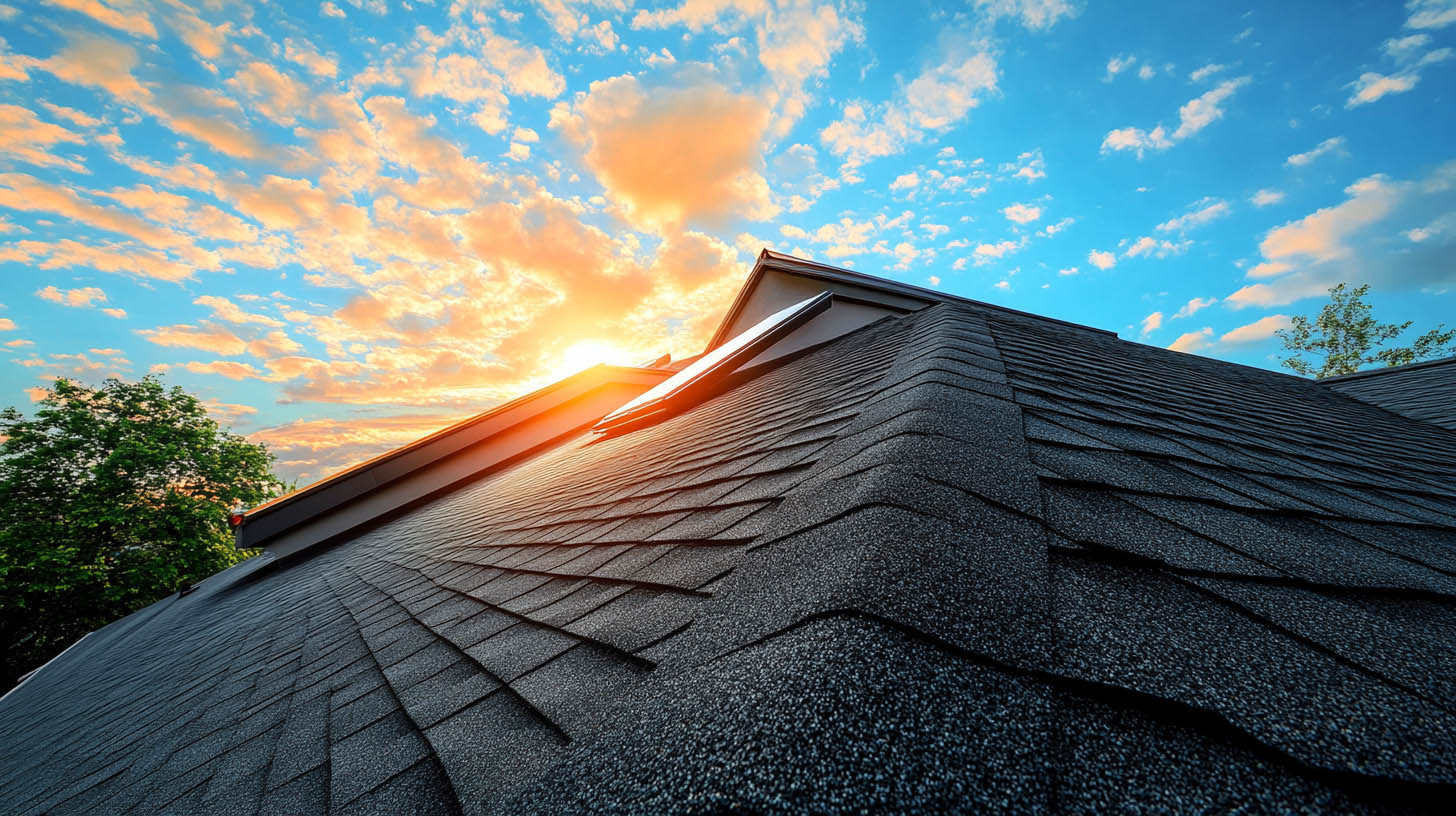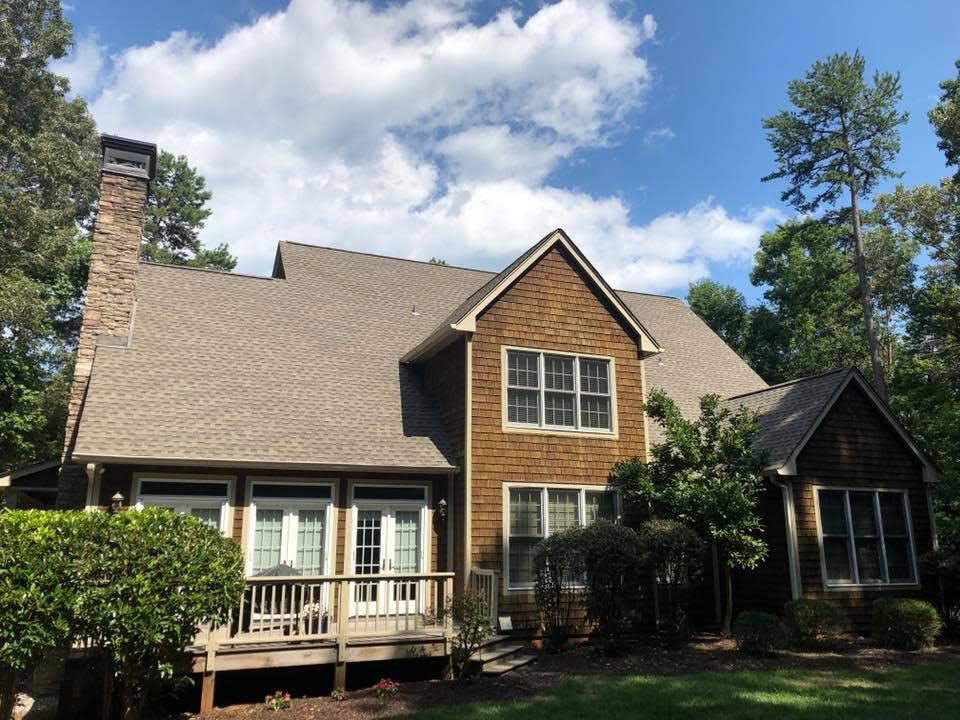When it comes to maximizing the lifespan of your commercial roof, incorporating the right materials and design elements is crucial. United Contracting & Roofing LLC offers extensive expertise in this area, ensuring your roof is not only durable but also efficient.
Understanding Tapered Insulation
What is Tapered Insulation?
Tapered insulation is a roofing solution designed to add slope to flat or low-sloped roofs, facilitating effective drainage and preventing water ponding. It consists of rigid foam panels, typically made from polyisocyanurate or expanded polystyrene (EPS), which are cut to create a slope.
Benefits of Tapered Insulation
- Improved Drainage: The primary benefit of tapered insulation is its ability to eliminate ponding water, which can significantly extend the life of your roof.
- Enhanced Energy Efficiency: These insulation panels provide added thermal resistance, reducing heating and cooling costs.
- Versatility: Suitable for both new constructions and roof retrofits, tapered insulation can be customized to fit specific roof designs.
Installation of Tapered Insulation
Step-by-Step Process
- Assessment and Design: The first step involves a thorough assessment of the existing roof conditions and the design of the tapered insulation system to meet the specific drainage needs.
- Material Selection: Choosing the right insulation material is crucial. Polyisocyanurate and EPS are common choices due to their thermal properties and durability.
- Installation: The tapered panels are installed directly over the existing roof or roof deck, with the high points and slopes strategically placed to direct water towards drainage points.
Introduction to Roof Crickets
What are Roof Crickets?
Roof crickets are triangular structures designed to divert water around obstacles on a roof, such as HVAC units, chimneys, or other protrusions. They are essential for preventing water accumulation in areas where standard drainage might fail.
Types of Roof Crickets
- Custom-Built Crickets: These are built on-site using materials like plywood and covered with roofing membrane. They are tailored to the specific needs of the roof.
- Pre-Manufactured Crickets: Made from materials like rigid foam or metal, these crickets are designed for quick installation and are typically used in standard roof designs.
Benefits of Using Crickets
- Enhanced Drainage: By diverting water away from critical areas, crickets prevent water pooling and potential leaks.
- Extended Roof Lifespan: Properly installed crickets reduce the wear and tear on roofing materials, extending the overall life of the roof.
- Cost-Effective Maintenance: Preventing water damage reduces the need for frequent repairs, saving money in the long run.
Installation of Roof Crickets
Key Considerations
- Placement: Crickets should be installed upslope of all curbs and HVAC units to ensure effective drainage.
- Material Compatibility: The cricket material should be compatible with the roofing system to prevent issues like differential expansion or incompatibility.
- Professional Installation: Proper installation by experienced professionals ensures that the crickets function as intended.
Combining Tapered Insulation and Crickets
Integrated Approach for Optimal Performance
Combining tapered insulation and roof crickets provides a comprehensive solution for roof drainage issues. This integrated approach ensures that water is effectively directed off the roof, preventing ponding and associated damage.
Design and Implementation
- Holistic Design: The design process should consider the entire roof layout, including all obstacles and drainage points. This ensures a cohesive system where tapered insulation and crickets work together seamlessly.
- Precision Installation: Precision in installation is key to the effectiveness of this system. Ensuring that all components are correctly aligned and installed will maximize the benefits.
Long-Term Benefits
- Durability: Combining these elements enhances the overall durability of the roof, reducing the likelihood of leaks and other issues.
- Energy Efficiency: The added insulation improves the building’s energy efficiency, contributing to lower energy costs.
- Cost Savings: While the initial investment may be higher, the long-term savings from reduced maintenance and energy costs make this a cost-effective solution.
Conclusion
Incorporating tapered insulation and crickets into your commercial roofing system is a smart investment for extending the lifespan of your roof. By improving drainage and preventing water damage, these elements ensure that your roof remains in optimal condition, protecting your building and reducing maintenance costs. United Contracting & Roofing LLC in Greenville, SC, specializes in these advanced roofing solutions, offering expertise and quality service to meet all your roofing needs.For more information on the benefits and considerations of TPO roofing, click here.

